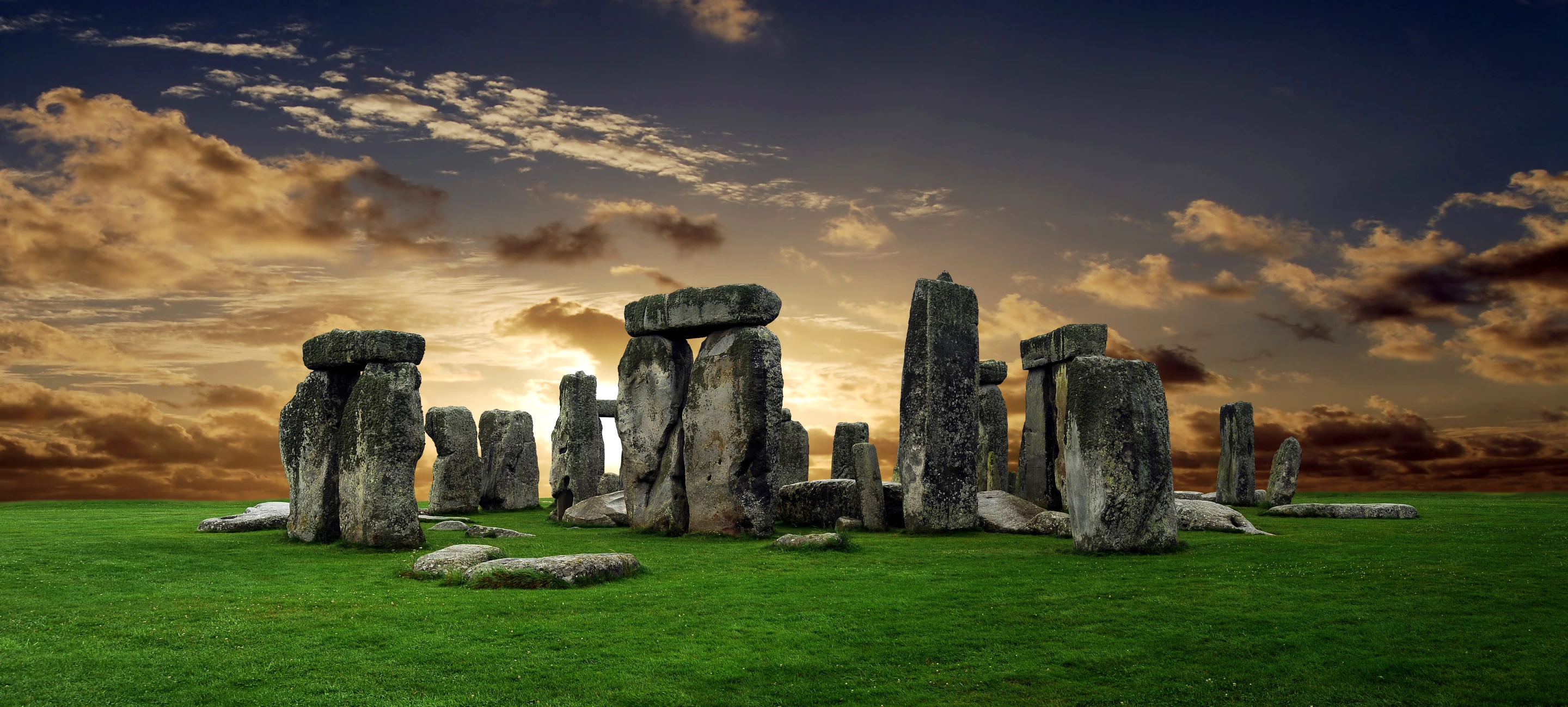Looming large over the British countryside, Stonehenge cuts an imposing figure – but it’s just a fraction of the structures that once stood in the area. Now, archaeologists have discovered a huge, previously unknown ring of structures surrounding the region at Durrington Walls.
Stonehenge may be the most impressive structure still standing, but in its Neolithic heyday the honor would have gone to the henge at Durrington Walls. Located about 3.2 km (2 mi) away, it had a diameter of 500 m (1,600 ft) – much larger than the more famous monument. It’s thought that this was the site of a village.
And now, archaeologists have discovered that site was more extensive than previously realized. As part of the Stonehenge Hidden Landscape Project, a team has found a series of shafts measuring up to 10 m (32.8 ft) wide and 5 m (16.4 ft) deep. These form a ring 2 km (1.2 mi) wide that encompasses Durrington Walls, the neighboring site of Woodhenge, and an even older structure called the Larkhill Causewayed Enclosure.

The team carbon dated the structures to about 2500 BCE. That corresponds to a time when Durrington Walls was occupied, and construction on Stonehenge was ongoing. While up to 20 shafts were found, the team estimates that there may once have been over 30 of them.
“The area around Stonehenge is among the most studied archaeological landscapes on Earth and it is remarkable that the application of new technology can still lead to the discovery of such a massive prehistoric structure which, currently, is significantly larger than any comparative prehistoric monument that we know of in Britain, at least,” says Professor Vince Gaffney, corresponding author of the study.
Judging by the location of the circle of shafts, the archaeologists suggest that the structure was there to mark the boundary of the Durrington henge, and guide visitors towards the religious sites within. It might also have been a warning to less friendly visitors.

“The size of the shafts and circuit surrounding Durrington Walls is without precedent within the UK,” says Gaffney. “It demonstrates the significance of Durrington Walls Henge, the complexity of the monumental structures within the Stonehenge landscape, and the capacity and desire of Neolithic communities to record their cosmological belief systems in ways, and at a scale, that we had never previously anticipated.”
The research was published online at Internet Archaeology. An animation of the new discovery at the site can be seen in the video below.




